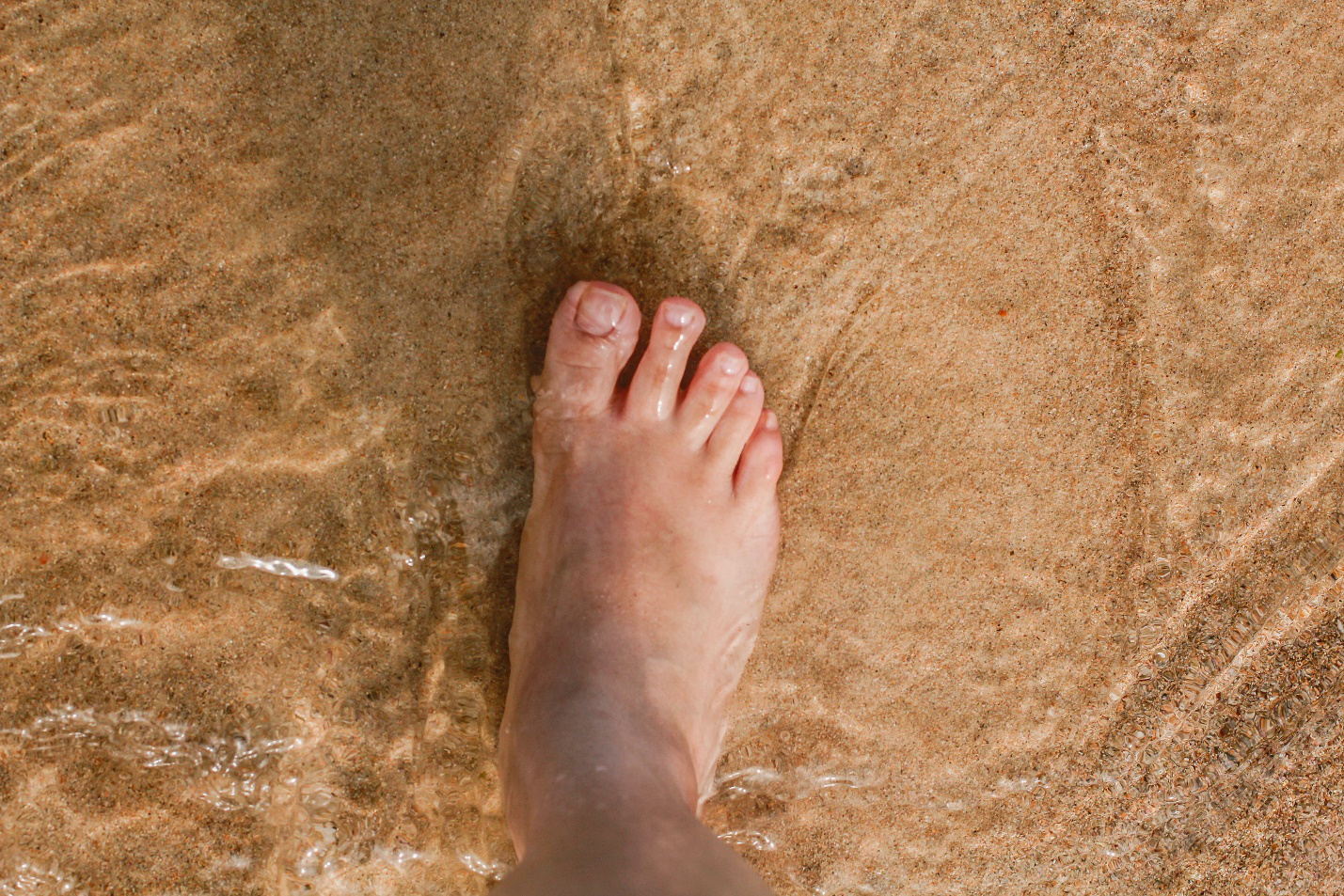Are you interested in learning more about toenail fungus and the use of laser treatment as a therapeutic option? In this blog, we’ll explore some common myths about toenail fungus laser treatment that have emerged with its rise in popularity. Hopefully, debunking these misconceptions will provide you with a clearer understanding of this treatment option.
Myth 1: Laser Treatment Provides Instant Results
One prevalent misconception about laser toenail fungus treatment is the belief that it delivers instant results. While laser therapy is known for its efficiency, it’s essential to set realistic expectations. The treatment typically requires multiple sessions, and noticeable improvement may take several months.
Laser therapy works by targeting the fungus that resides beneath the toenail without causing harm to the surrounding tissue. As the nail grows, the new, healthy nail gradually replaces the affected areas. Patience is key, and individuals undergoing laser treatment should understand that the full benefits may take time to be visible.
Myth 2: Laser Treatment Is a One-Time Fix
Another common myth is the notion that a single laser toenail fungus treatment session can entirely eradicate toenail fungus. In reality, fungal infections are resilient and often require multiple sessions for effective treatment. The number of sessions depends on the severity of the infection, the type of laser used, and individual response to the therapy.
Healthcare professionals typically recommend a series of sessions spaced over several weeks to achieve optimal results. Continuous follow-up and adherence to post-treatment care are essential to prevent the recurrence of toenail fungus. Patients should be wary of providers or sources claiming a one-time fix, as this oversimplification can lead to unrealistic expectations.
Myth 3: Laser Treatment Is Painful and Unsafe
Some individuals fear that laser treatment for toenail fungus is a painful or unsafe procedure. In reality, the procedure is generally well-tolerated, and most patients experience minimal discomfort. The laser emits focused light energy that penetrates the nail and targets the underlying fungus without causing harm to the surrounding skin.
Patients may feel a warming sensation during the procedure, but this is usually brief and manageable. Laser toenail fungus treatment is considered a safe and non-invasive option with minimal side effects. It is crucial for individuals considering the treatment to consult with a qualified healthcare professional who can address any concerns and provide accurate information about the safety of the procedure.
Myth 4: Laser Treatment Is Ineffective
One persistent myth is the belief that laser toenail fungus treatment is ineffective or lacks scientific support. On the contrary, numerous studies have demonstrated the efficacy of laser therapy in treating toenail fungus. The laser energy effectively targets and disrupts the fungal cells, leading to improved nail health over time.
However, it’s important to note that individual responses to the treatment may vary, and success depends on factors such as the severity of the infection and adherence to post-treatment care. To maximize the effectiveness of laser therapy, individuals should follow the recommended treatment plan and maintain good foot hygiene.

Person Walking in Water
Discover the truth about toenail fungus treatment in Indianapolis. Laser Nail Therapy dispels common myths about toenail fungus laser treatment with ethical and evidence-based insights. Ready for clarity and effective care? Contact us for the facts on toenail fungus and ethical laser treatments. Your journey to truth and healthier nails starts here.



